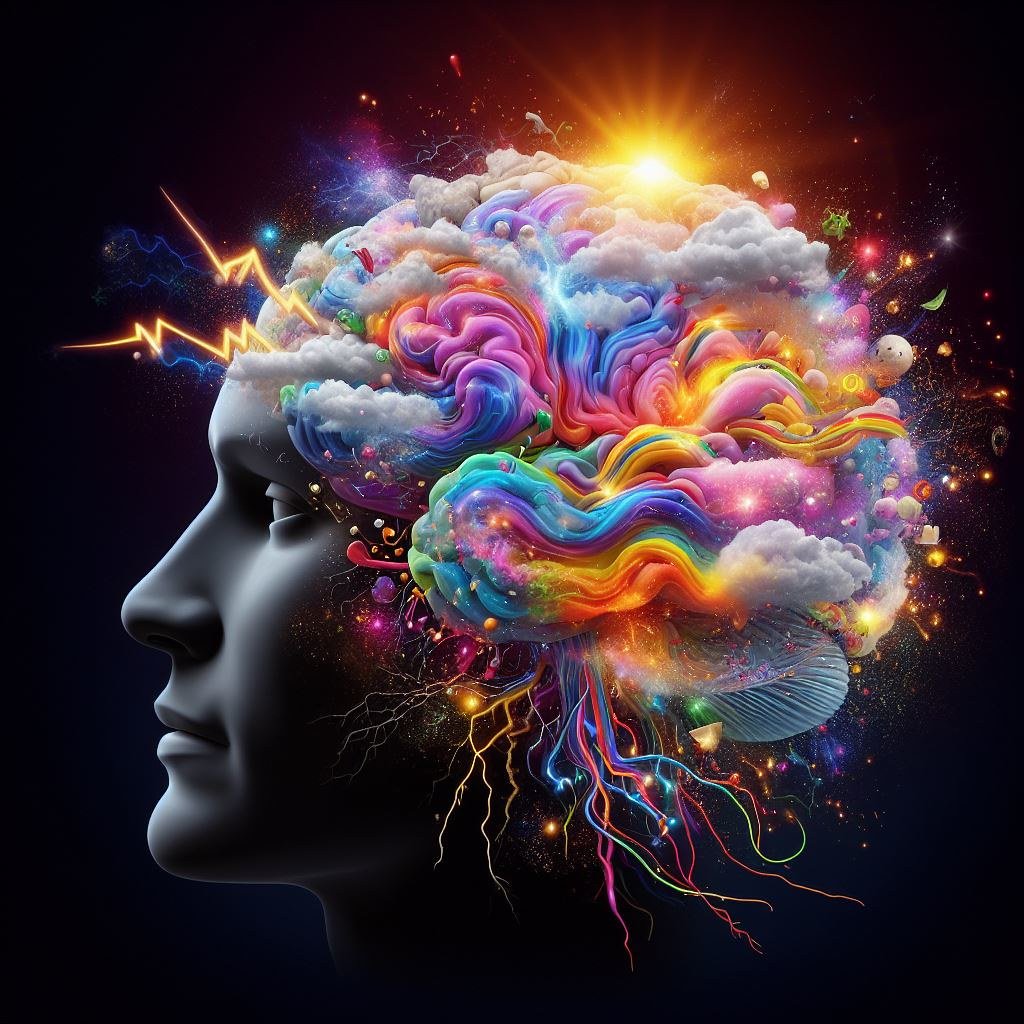The boundaries tween science fiction and cutting-edge physics have blurred dramatically in recent years. What once seemed like fantasy could represent one of the most profound questions in modern science. The possibility that our reality is computational in nature challenges everything we thought we knew about existence itself.
This isn’t just about mysterious signals from distant civilizations or elaborate video game scenarios. Instead, physicists are finding genuine reasons to consider whether the fabric of space and time operates more like a computer program than we ever imagined. From quantum mechanics to information theory, the clues keep pointing in surprising directions.
The Foundation of Digital Physics
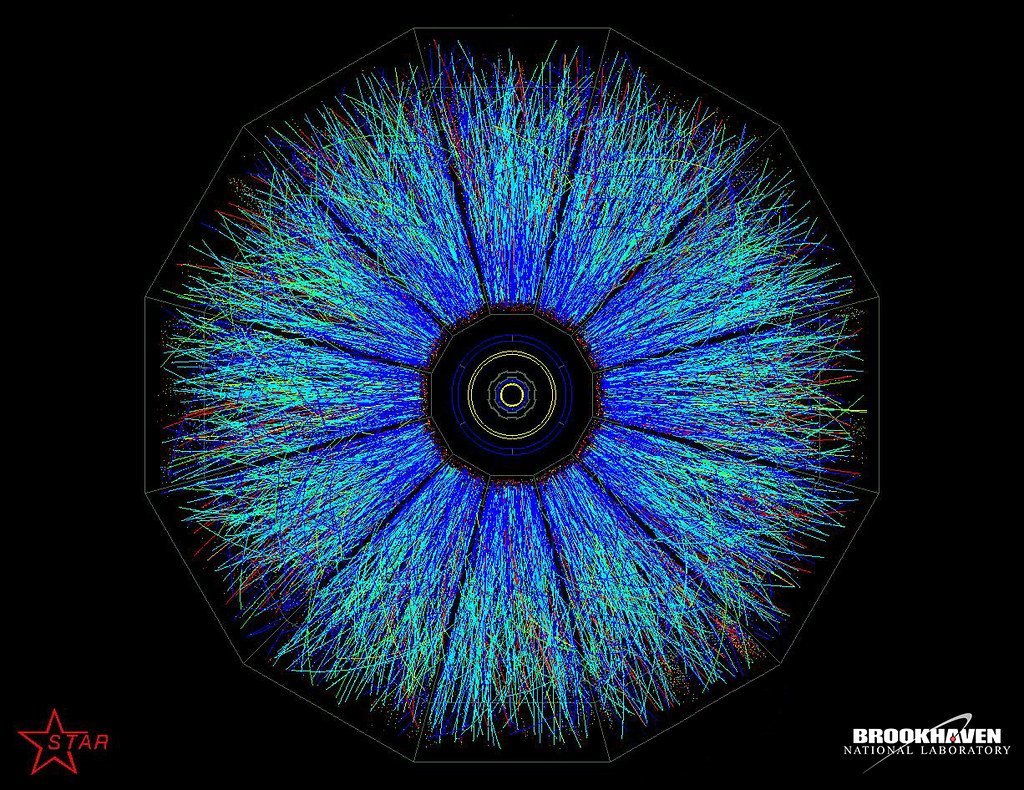
In 1970, Konrad Zuse published his book Calculating Space on automata theory, in which he proposed the idea that the universe was fundamentally computational, a concept which became known as digital physics. This idea suggests that reality at its core isn’t made of matter or energy, but information itself.
Digital physics is a non-materialistic view, which says there is no physicality but only abstract information as the fundamental building blocks of emergent informational structures of reality, such as atoms. Think of it like this: instead of atoms being tiny solid balls bouncing around, they might be more like data packets in a cosmic computer program. The implications are staggering if this perspective holds true.
Quantum Mechanics as Computer Code

The idea that the universe operates on computational principles comes from several key insights: quantum mechanics as information processing – the wavefunction, superposition, and entanglement behave strikingly like information storage and retrieval in a computational system. When particles exist in multiple states simultaneously, it resembles how computers process multiple possibilities at once.
Quantum mechanics, the framework describing particles at the smallest scales, reveals that many quantities – energy, angular momentum, and more – are quantized. Particles exist in discrete states rather than continuous spectra. This discreteness looks suspiciously similar to how digital systems work with distinct values rather than smooth transitions.
The Pixelated Universe Theory
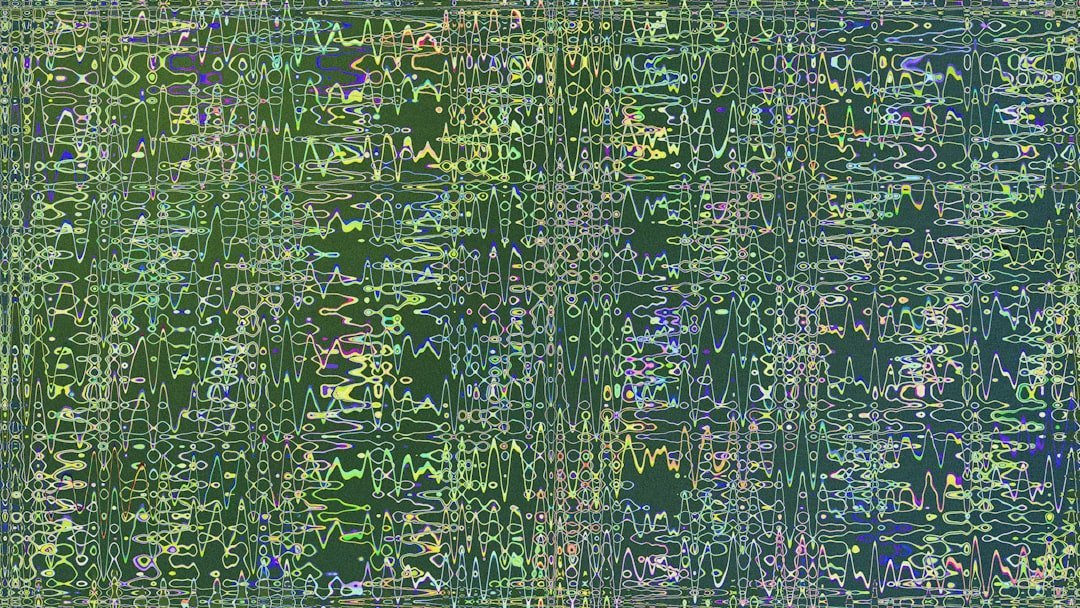
Perhaps the most compelling evidence comes from research into the fundamental structure of space itself. Phenomena like the Planck length suggest there may be a fundamental minimum scale below which the classical idea of spacetime loses meaning. If space and time are quantized, it’s tempting to imagine them as pixels on a cosmic grid, like the smallest units in a digital simulation.
Some scientists think the space we live in may not be perfectly smooth but rather made of incredibly small discrete units, with spacetime potentially having a fundamental granular structure at the Planck scale. The scale is mind-boggling, yet the concept remains scientifically plausible.
Information as the Ultimate Reality

This concept blurs the lines between physics and information theory. Some physicists argue that information is fundamental – the universe at its core is an information-processing system. We’re not just talking about abstract data here. This suggests that information has physical properties and can influence reality directly.
The holographic principle, an idea arising from black hole physics, suggests all the information contained within a volume of space can be described by data encoded on its boundary surface. If the universe’s information is finite and encoded, this hints at the plausibility of a simulation-like structure. Imagine your entire room being described by information written on its walls. That’s essentially what this principle suggests about reality.
The Second Law of Infodynamics

Recent breakthroughs have added new weight to simulation theories. What this all adds up to, according to physicist Melvin Vopson, is that the Second Law of Infodynamics could also be used to prove that we live in a simulation. “A super complex universe like ours, if it were a simulation, would require a built-in data optimization and compression in order to reduce the computational power and the data storage requirements to run the simulation,” Vopson reportedly wrote in The Conversation.
Based on this famous law, Vopson expected that entropy in information systems should similarly increase over time. But it doesn’t. Instead, it remains constant, or even decreases to a minimum value at equilibrium. This is in direct contrast to the second law of thermodynamics, which inspired Vopson to adopt the Second Law of Information Dynamics. It’s as if the universe naturally optimizes itself, much like efficient computer code.
The Computational Limits Problem
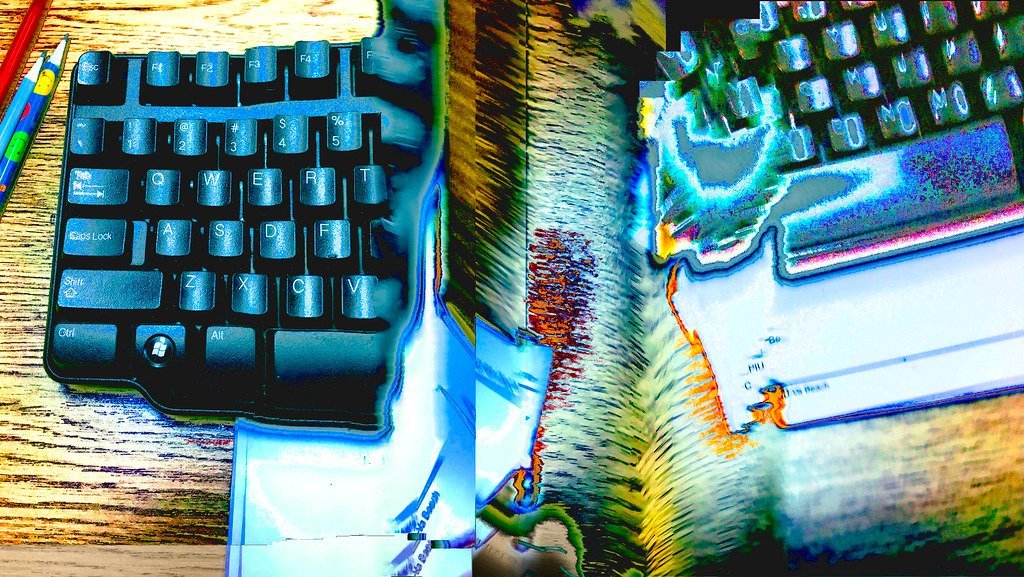
Not everyone finds the simulation hypothesis convincing. We wish to assess how physically realistic this is, based on physical constraints from the link between information and energy, and based on known astrophysical constraints of the Universe. In all cases, the amounts of energy or power required by any version of the simulation hypothesis are entirely incompatible with physics or astronomically large. The computational resources needed would be astronomical.
Another compelling argument against the feasibility of simulation theory involves practical limitations related to computation and energy consumption. Physicists and computer scientists argue that simulating an entire universe down to the quantum or subatomic scale would require computational resources beyond any plausible future technology. The energy requirements alone might exceed what’s available in multiple universes combined.
Consciousness in Simulated Reality
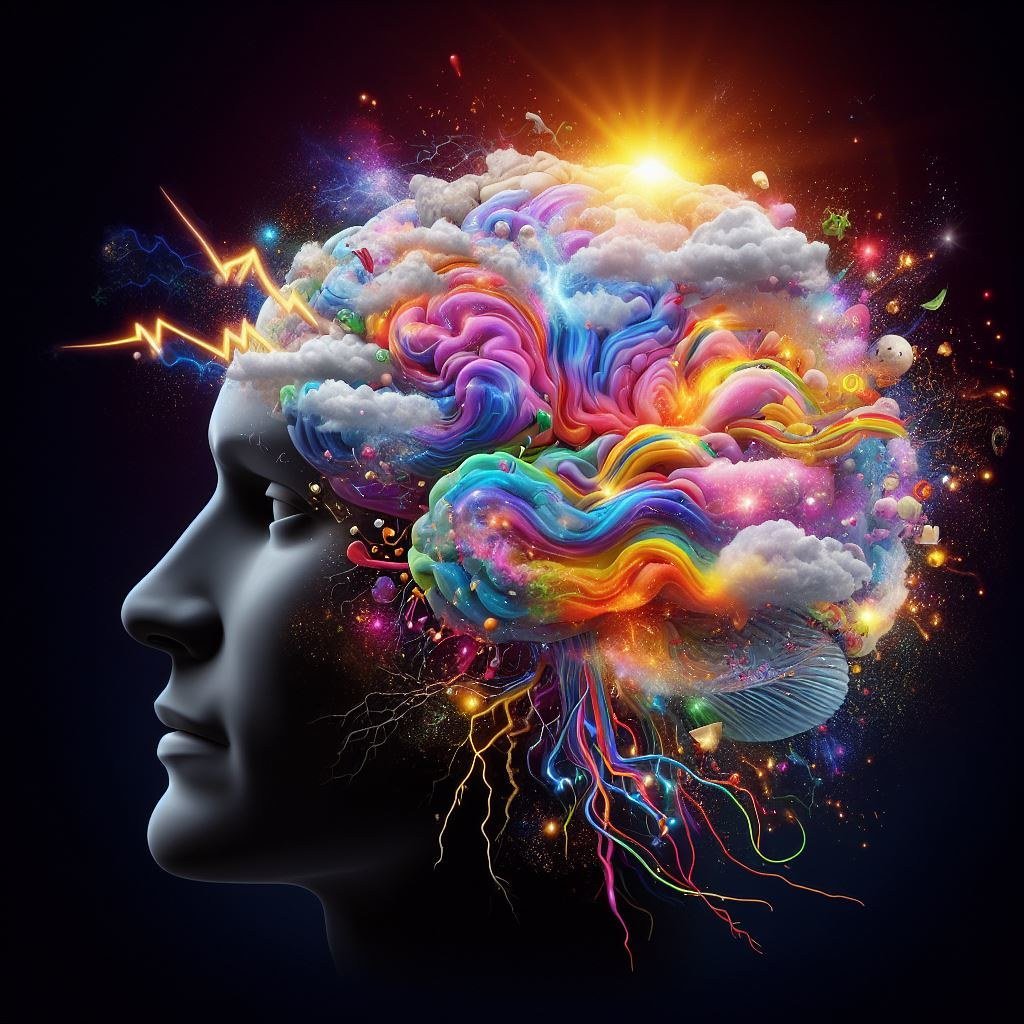
A central mystery in the simulation hypothesis concerns consciousness. In a purely physicalist worldview, consciousness arises from the interactions of neurons in the brain – biological processes. But if reality is a simulation, does consciousness also get simulated? Or is consciousness something external to the simulation, potentially linked to the creators of the simulation? This question touches on the deepest mysteries of existence.
We discuss a non-materialist view called the self-simulation hypothesis, wherein everything is information, which we define as thought. The universe self-actualizes itself into existence via self-simulation using a mathematical code and a simulation game rule called the principle of efficient language. Perhaps consciousness isn’t simulated at all, but rather the medium through which simulation operates.
Conclusion
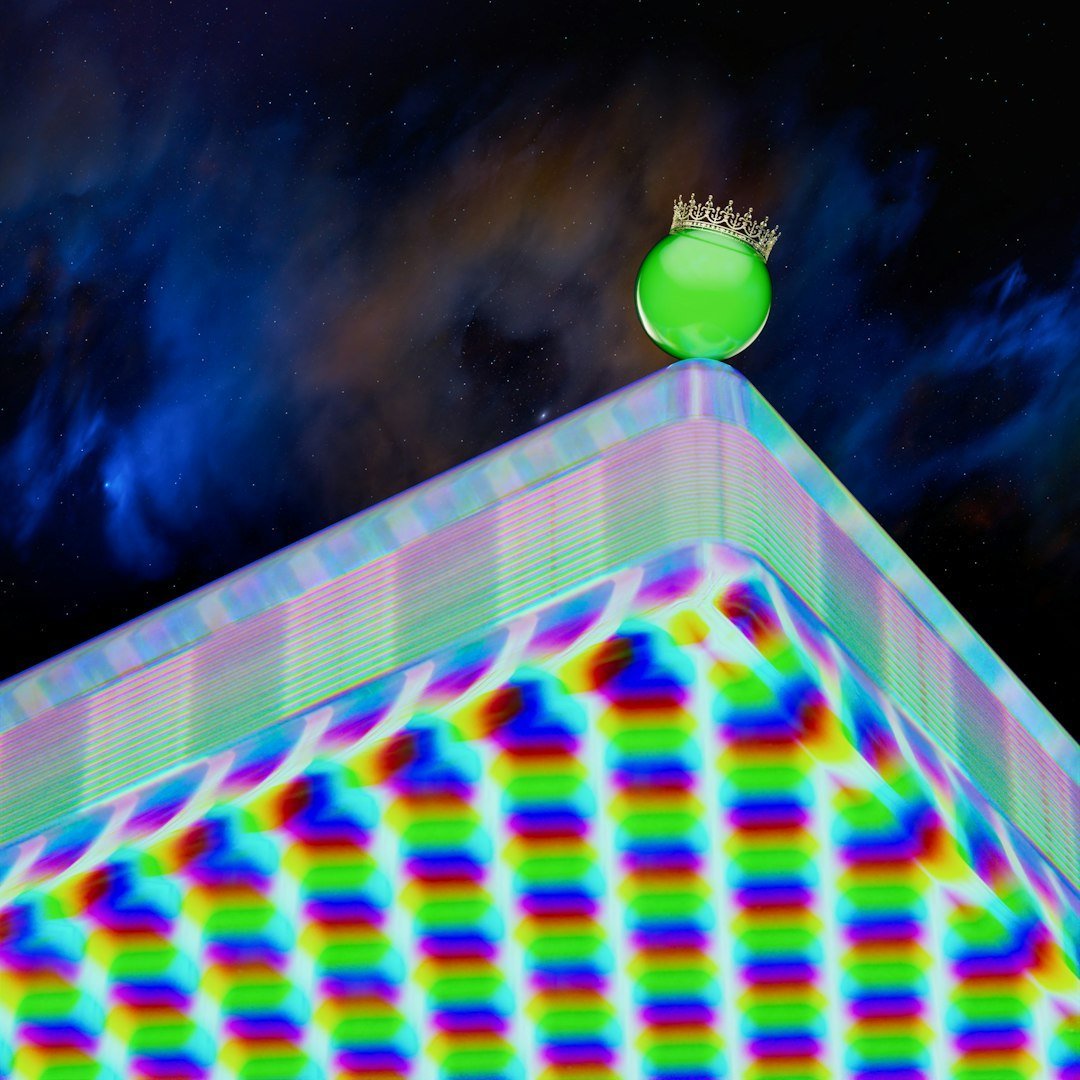
The debate over whether represents more than academic curiosity. Physics is not ending – it is beginning again. A new framework is unfolding, one that will redefine how we see time, space, intelligence, and even the nature of existence. Whether we live in base reality or an elaborate computational construct, the search for answers pushes the boundaries of human understanding.
The evidence remains mixed, with compelling arguments on multiple sides. Some discoveries point toward computational foundations of reality, while others highlight insurmountable practical obstacles. What’s certain is that this question will continue driving scientific innovation and philosophical reflection for generations to come.
What do you think about it? Tell us in the comments.

